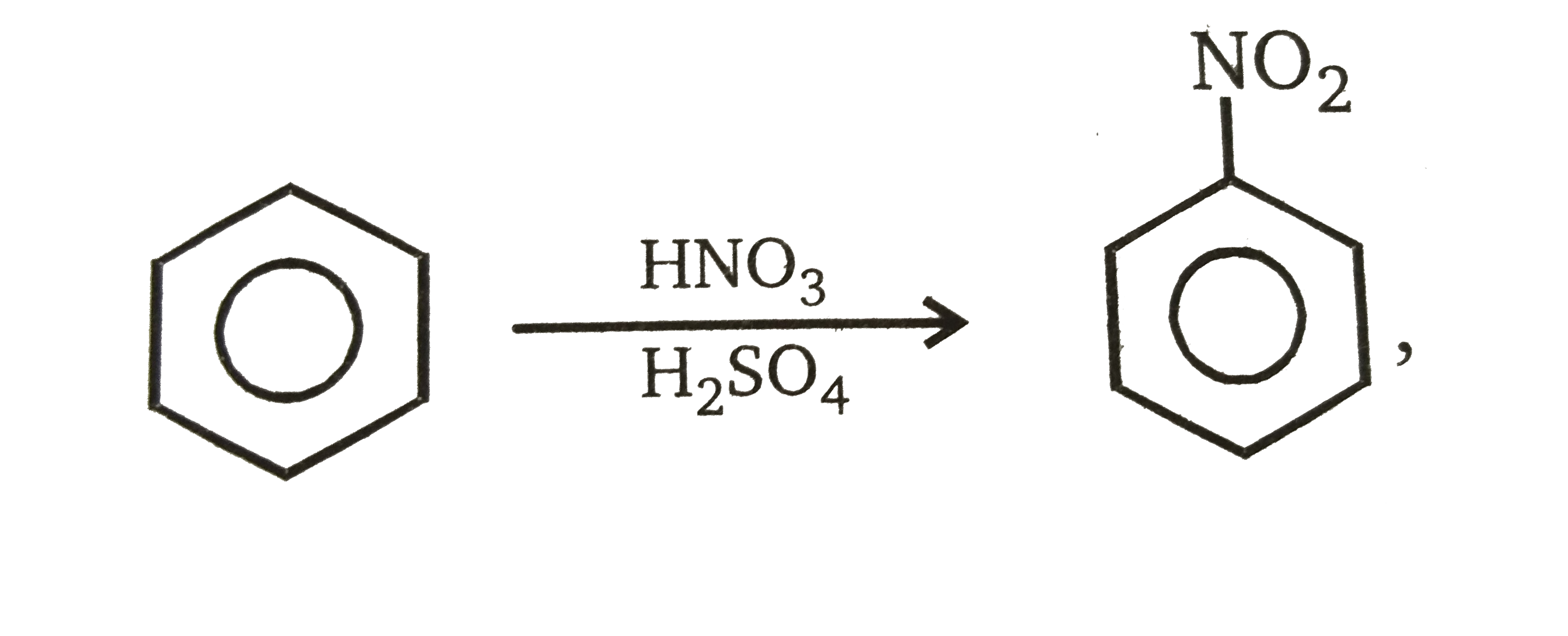What is van't Hoff reaction isotherm ?
Step-by-Step Solution for Van't Hoff Reaction Isotherm
1. Definition of Van't Hoff Reaction Isotherm: The Van't Hoff reaction isotherm relates the change in Gibbs free energy (ΔG) of a chemical reaction to its equilibrium constant (K_eq) at a given temperature. It provides a way to understand how the Gibbs free energy changes as a reaction approaches equilibrium.
2. Gibbs Free Energy Change: The change in Gibbs free energy for a reaction can be expressed as:
ΔG=ΔG∘+RTlnQc
where:
- ΔG is the Gibbs free energy change at non-equilibrium conditions.
- ΔG° is the standard Gibbs free energy change at standard conditions (usually at 25°C).
- R is the universal gas constant (8.314 J/mol·K).
- T is the temperature in Kelvin.
- Q_c is the reaction quotient, which is the ratio of the concentrations of products to reactants at any point in the reaction.
3. Equilibrium Condition: At equilibrium, the Gibbs free energy change (ΔG) becomes zero. This leads to the equation:
0=ΔG∘+RTlnKeq
where K_eq is the equilibrium constant of the reaction.
4. Rearranging the Equation: From the equilibrium condition, we can rearrange the equation to express the standard Gibbs free energy change in terms of the equilibrium constant:
ΔG∘=−RTlnKeq
This equation shows that the standard Gibbs free energy change is related to the natural logarithm of the equilibrium constant.
5. Conclusion: The Van't Hoff reaction isotherm at equilibrium can be summarized as:
ΔG∘=−RTlnKeq
This relationship is crucial in thermodynamics as it connects the thermodynamic properties of a reaction with its equilibrium position.
ΔG=ΔG∘+RTlnQc
where:
- ΔG is the Gibbs free energy change at non-equilibrium conditions.
- ΔG° is the standard Gibbs free energy change at standard conditions (usually at 25°C).
- R is the universal gas constant (8.314 J/mol·K).
- T is the temperature in Kelvin.
- Q_c is the reaction quotient, which is the ratio of the concentrations of products to reactants at any point in the reaction.
0=ΔG∘+RTlnKeq
where K_eq is the equilibrium constant of the reaction.
ΔG∘=−RTlnKeq
This equation shows that the standard Gibbs free energy change is related to the natural logarithm of the equilibrium constant.
ΔG∘=−RTlnKeq
This relationship is crucial in thermodynamics as it connects the thermodynamic properties of a reaction with its equilibrium position.
Topper's Solved these Questions
- EQUILIBRIUM IN PHYSICAL AND CHEMICAL PROCESSESBook:PRADEEPChapter:EQUILIBRIUM IN PHYSICAL AND CHEMICAL PROCESSESExercise:ADDITIONAL QUESTIONS (SHORT ANSWER QUESTIONS)
Explore 28 Videos
- EQUILIBRIUM IN PHYSICAL AND CHEMICAL PROCESSESBook:PRADEEPChapter:EQUILIBRIUM IN PHYSICAL AND CHEMICAL PROCESSESExercise:ANALYTICAL QUESTIONS AND PROBLEMS WITH ANSWER/SOLUTIONS (Questions)
Explore 9 Videos
- EQUILIBRIUM IN PHYSICAL AND CHEMICAL PROCESSESBook:PRADEEPChapter:EQUILIBRIUM IN PHYSICAL AND CHEMICAL PROCESSESExercise:NCERT QUESTIONS AND EXERCISES WITH ANSWERS
Explore 34 Videos
- EQUILIBRIUMBook:PRADEEPChapter:EQUILIBRIUMExercise:Competition Focus (VIII. Assertion-Reason Type Questions)
Explore 16 Videos
- HYDROCARBONSBook:PRADEEPChapter:HYDROCARBONSExercise:Competition Focus (JEE(main and advanced)/Medical Entrance) VIII. ASSERTION - REASON TYPE QUESTIONS
Explore 31 Videos
Similar Questions
What do you understand by term 'Equilibrium' ? Explain physical equilibrium with one suitable example.
View SolutionWhy is there a fizz when a soda water bottle is opened?
View SolutionA liquid is in equilibrium with its vapour in a sealed container at a fixed temperature. The volume of the container is suddenly increased.
a. what is the initial effect of the change on vapour pressure?
b. How do rates of evaporation and condensation change initially?
c. What happens when equilibrium is restored finally and what will be the final vapour pressure?
View SolutionStatement-1. The pKa of a weak acid becomes equal to pH of the solution at the mid-point of its titration.
Statement-2. The molar concentrations of proton acceptor and proton donor become equal at mid point of a weak acid.
View SolutionStatement-1. The guache conformation of ethylene glycol is more stable than its anti conformation
Statement-2. The gauche conformation is stabilized by H-bonding.
View Solution , van't -Hoff factor (i) for this reaction is:
, van't -Hoff factor (i) for this reaction is:
View SolutionThe equation for Van't Hoff Reaction isotherm is
View SolutionWhat is Van't Hoff factor ?
View SolutionWhat is van't Hoff equation for dilute solution?
View SolutionWhat is van't Hoff factor?
View SolutionThe estimated van't Hoff factor for acetic acid solution in benzene is ……………
View SolutionWhat is the van't Hoff factor for the compound LiNO_3
View SolutionWrite van't Hoffequation ?
View SolutionWhat is Van't Hoff equation for osmotic pressure ?
View SolutionWhat is Van't Hoff equation for osmotic pressure ?
View Solution
